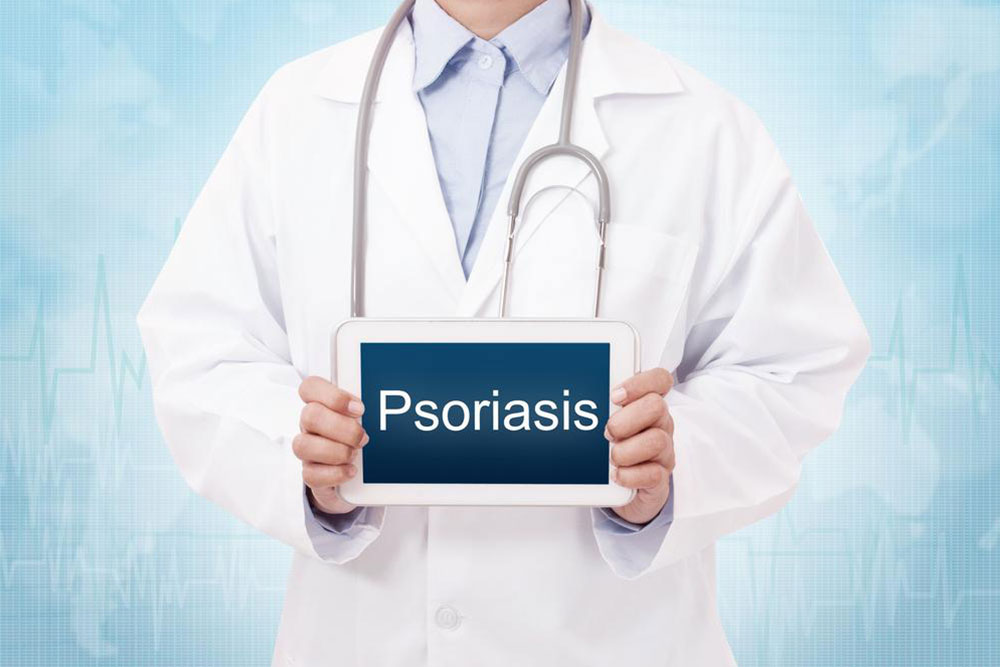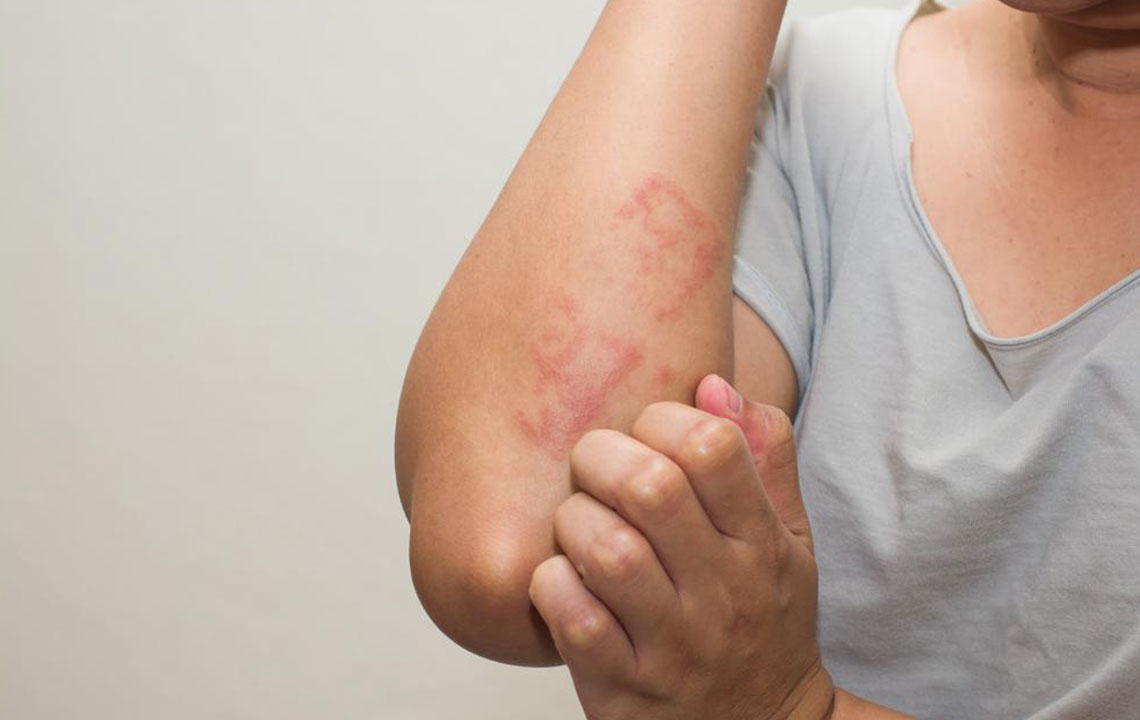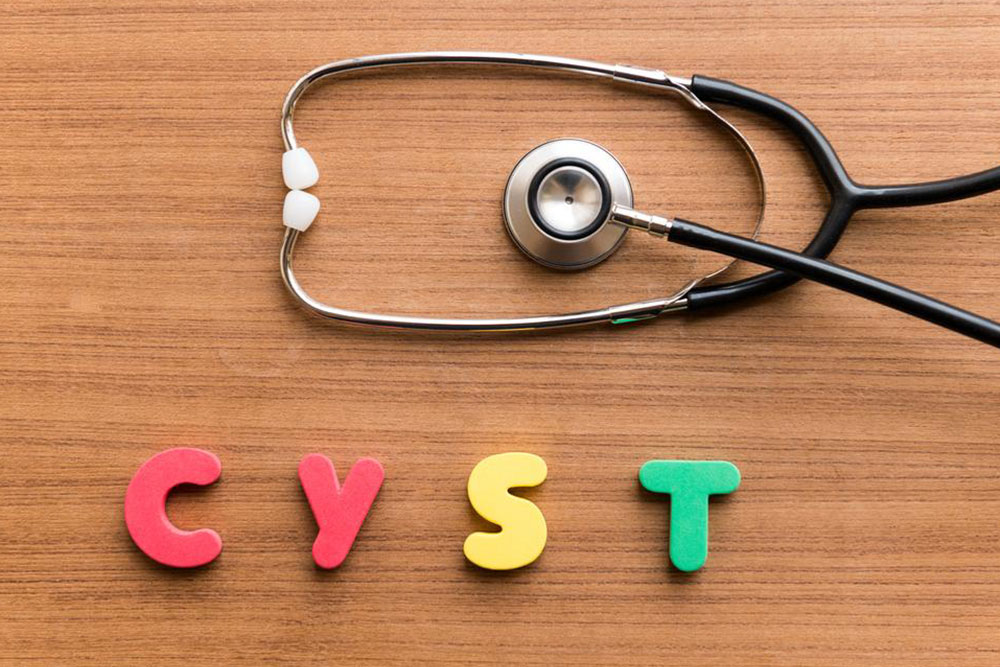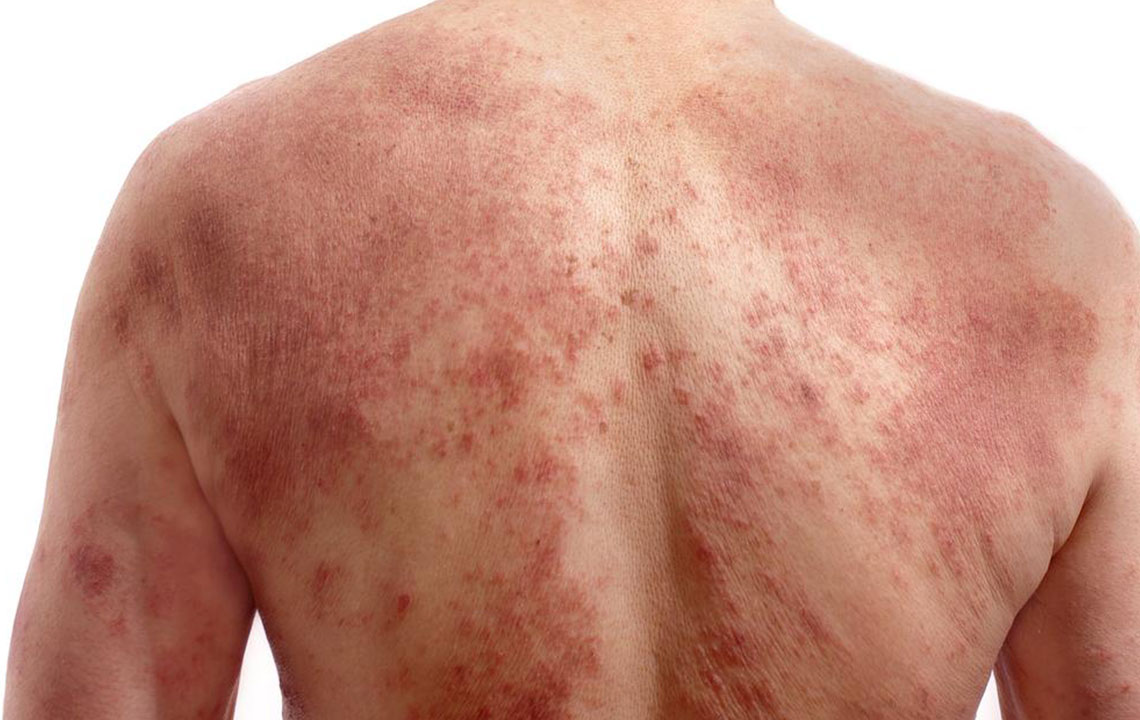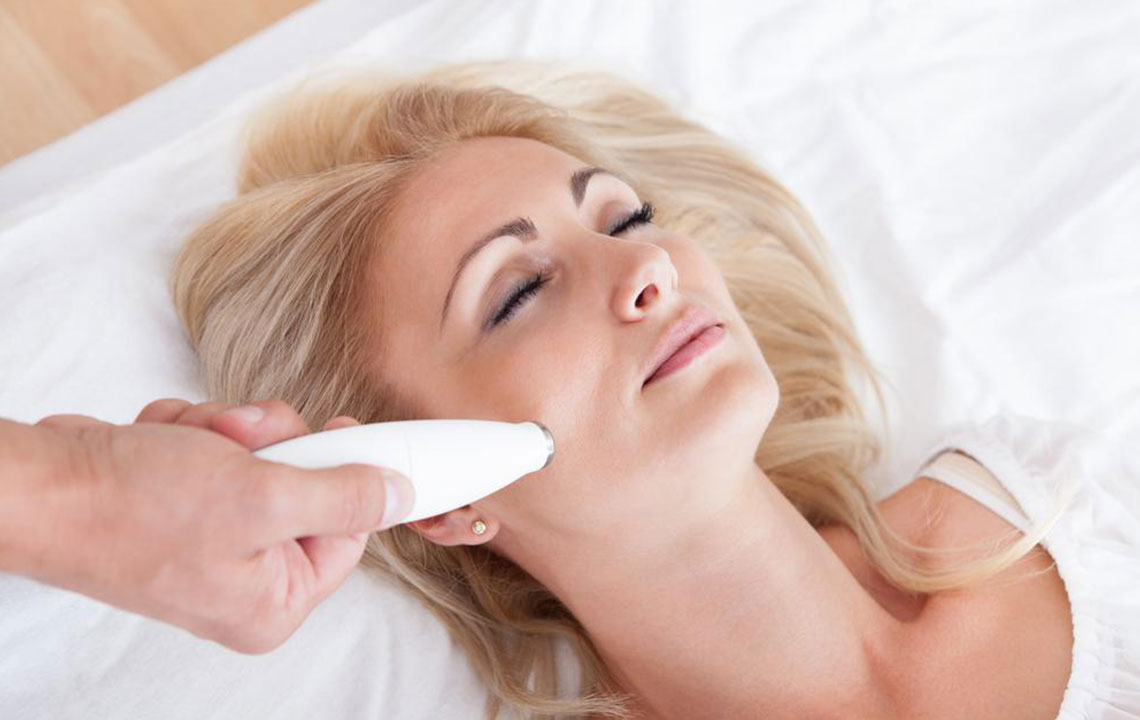Comprehensive Guide to Rosacea Treatment Options
This comprehensive overview details rosacea, its symptoms, risk factors, and treatment options. It covers topical and oral therapies, explains potential triggers, and emphasizes consulting a dermatologist for effective management. Ideal for those seeking detailed information about managing rosacea symptoms to improve skin health.
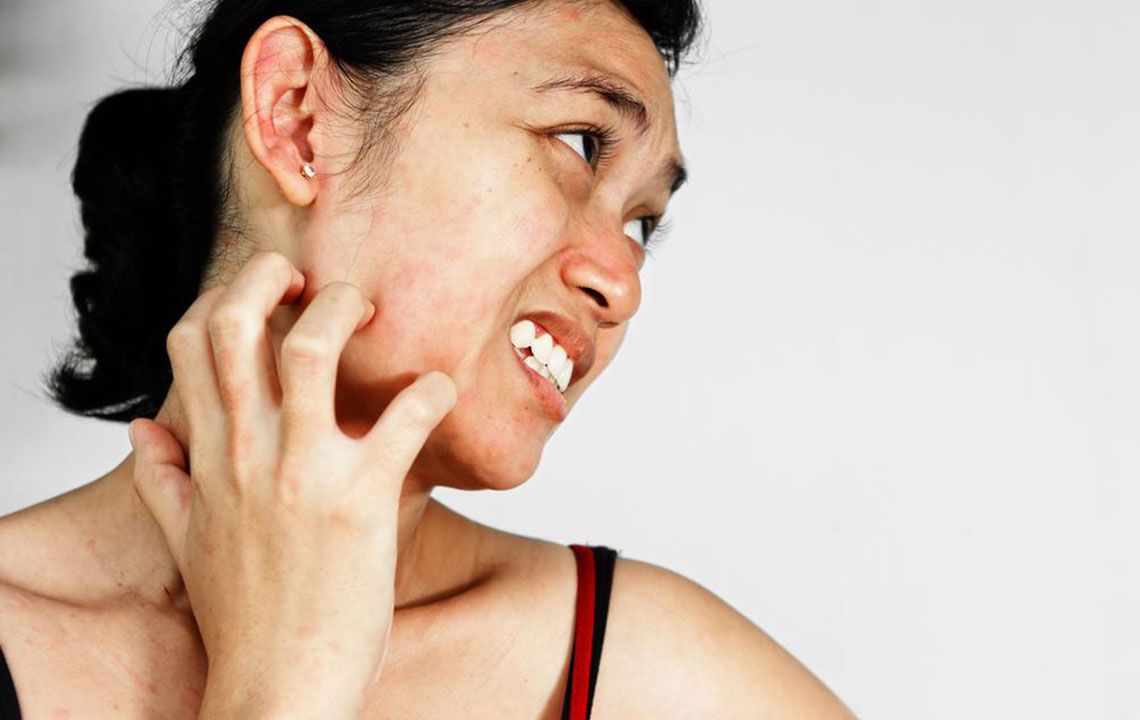
Comprehensive Guide to Rosacea Treatment Options
Rosacea is a prevalent skin condition characterized by facial redness and visible blood vessels. It often starts with flushing on the cheeks and nose, which can spread to the chin, forehead, ears, back, and chest. Symptoms vary depending on skin type, with rosacea affecting both light and darker skin tones differently. Rhinophyma is a notable subtype marked by thickened skin, giving the nose a bulbous appearance.
Common signs of Rhinophyma include:
Persistent facial redness
Continuous redness in the central face causes visible blood vessels and skin flushing.
Inflamed red bumps
Pimples with pus may appear, causing skin discomfort and warmth.
Eye issues
Dry, swollen, and irritated eyelids affect about half of rosacea patients.
Enlarged nose
In extensive cases, skin thickening may lead to a bulbous nose.
Seeking medical advice
Persistent redness warrants consultation with a dermatologist for proper diagnosis and treatment.
Understanding why rosacea develops remains complex; likely due to environmental and genetic factors. Triggers include spicy foods, hot beverages, extreme weather, wind, sun exposure, emotional stress, intense physical activity, cosmetics, and certain medications that dilate blood vessels.
People most at risk are women with fair skin over 30 and individuals with a family history of rosacea. Severe cases are rare but can cause tissue buildup around the nose, prevalent mainly in men, leading to rhinophyma over time. Treatment focuses on symptom management through skin care and medication. Topical gels can reduce redness temporarily, and oral antibiotics help combat bacterial and inflammatory factors. Regular use and medical oversight are vital for effective control and reducing flare-ups.
Disclaimer: Our blog offers educational content based on research and is not intended as medical advice. Always consult a healthcare professional for diagnosis and personalized treatment.


